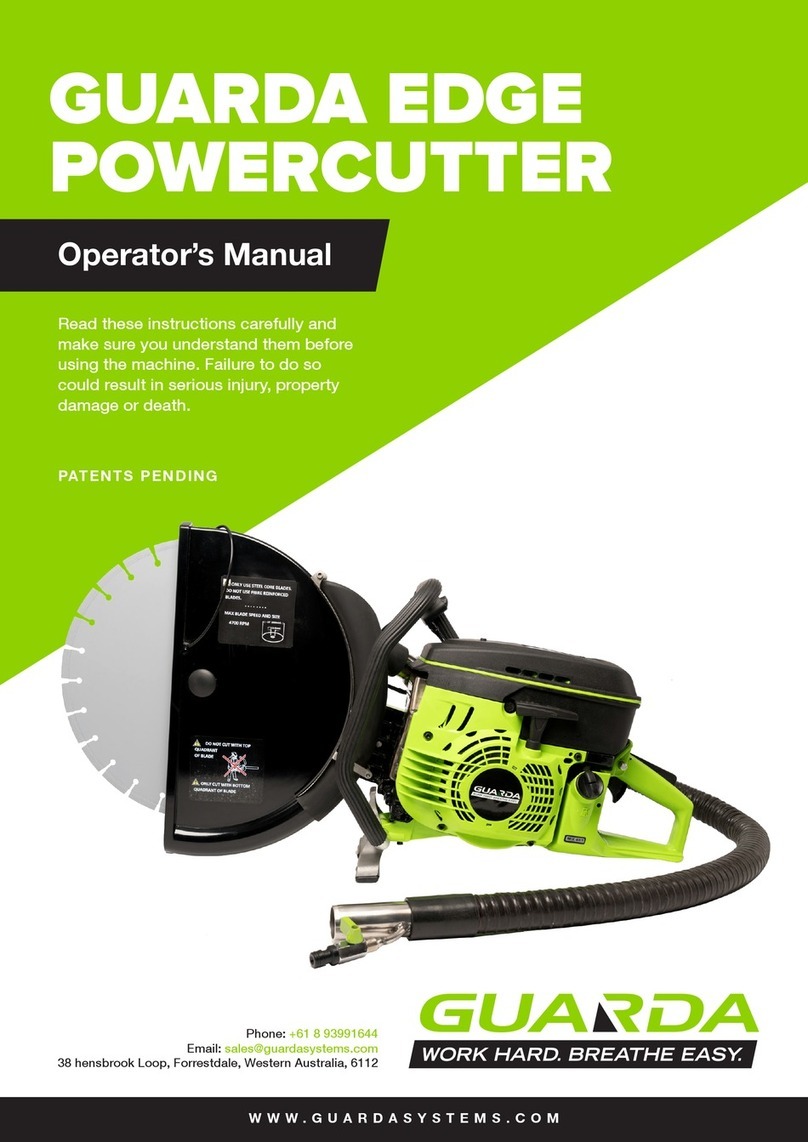Formax Cut-True 31H User manual
Other Formax Cutter manuals

Formax
Formax FD 574 User manual
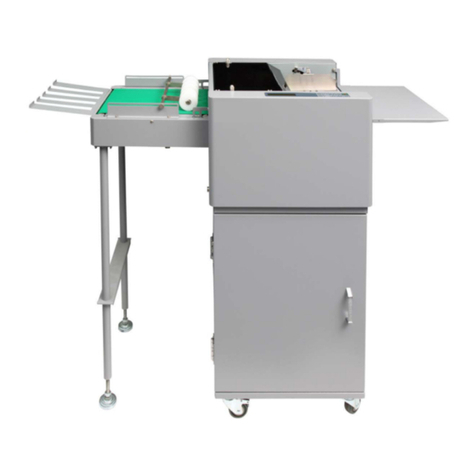
Formax
Formax FD 125 User manual
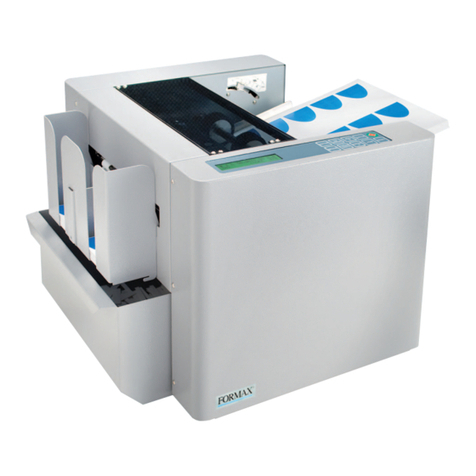
Formax
Formax FD 120 User manual

Formax
Formax Cut-True 29A Owner's manual

Formax
Formax Cut-True 31H User manual

Formax
Formax Cut-True 29H User manual
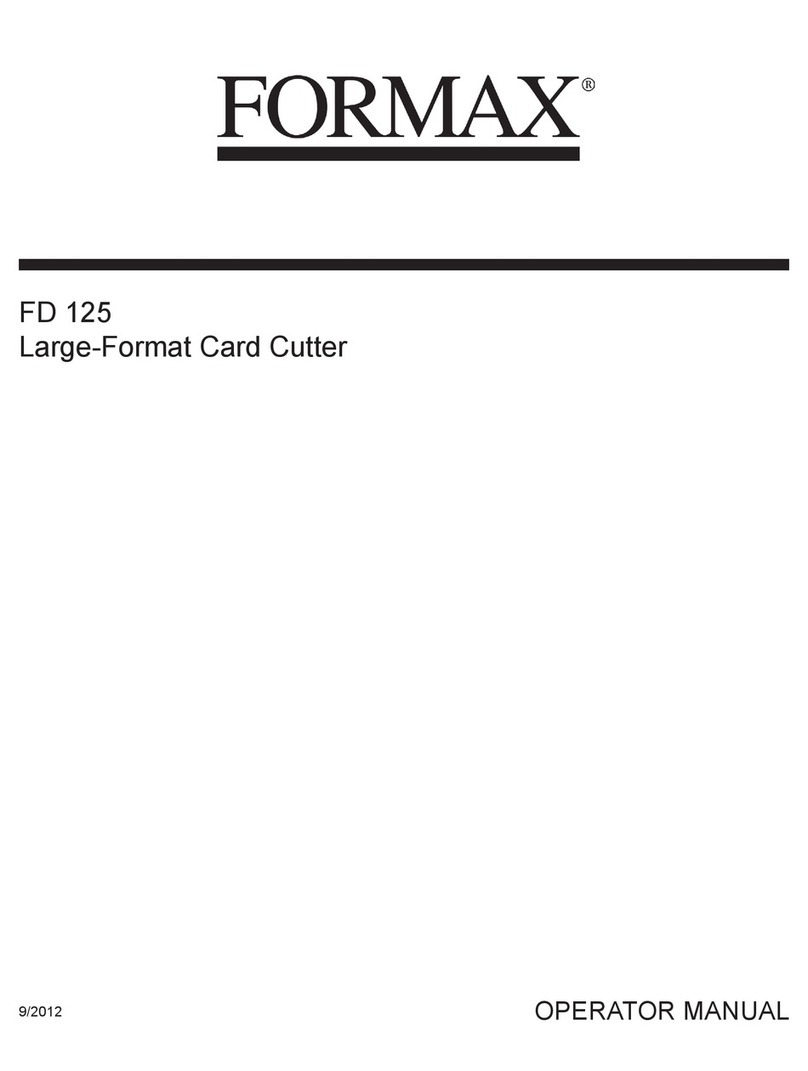
Formax
Formax FD 125 User manual
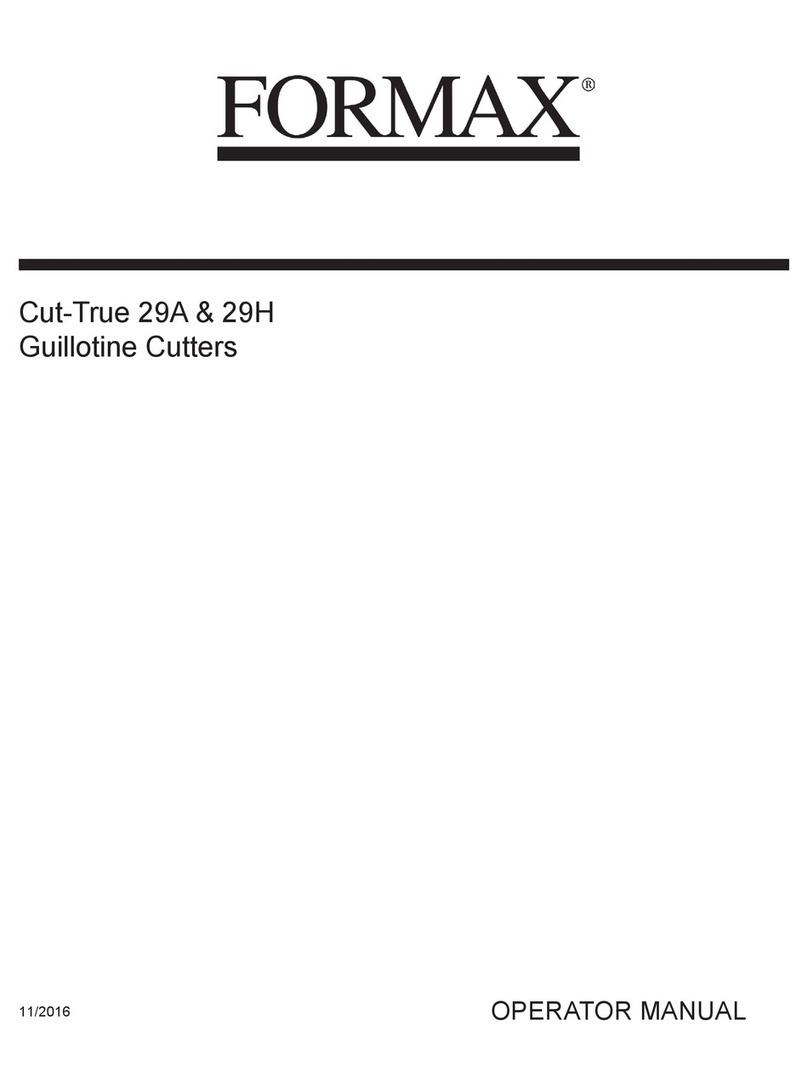
Formax
Formax Cut-True 29A User manual

Formax
Formax FD 574 User manual
Popular Cutter manuals by other brands

Milwaukee
Milwaukee HEAVY DUTY M12 FCOT Original instructions

SignWarehouse.com
SignWarehouse.com Bobcat BA-60 user manual

Makita
Makita 4112HS instruction manual

GEISMAR STUMEC
GEISMAR STUMEC MTZ 350S manual

Hitachi
Hitachi CM 4SB2 Safety instructions and instruction manual

Dexter Laundry
Dexter Laundry 800ETC1-20030.1 instruction manual











